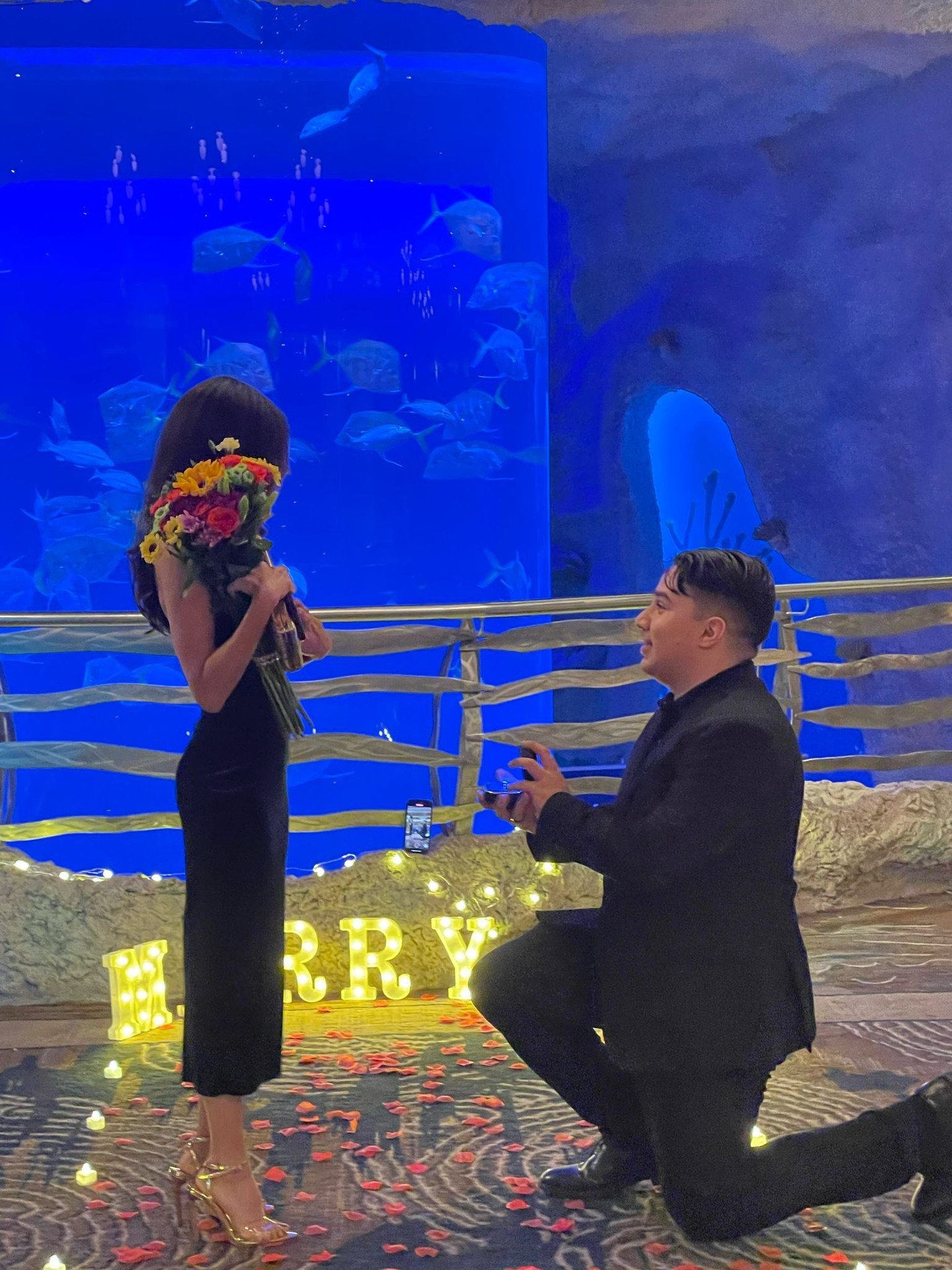- Importance of zoos in wildlife conservation and education.
- Role of zoos in celebrating human life events and milestones.
- Strategies zoos use to incorporate wildlife conservation in public experiences.
- The significance of zoo-managed breeding programs for endangered species.
- Community engagement and education as tools for environmental stewardship.
Zoos have long been considered vital institutions for wildlife conservation, education, and research. They not only help preserve the biodiversity of our planet but also provide opportunities for people to celebrate special milestones in unique settings, fostering a greater appreciation for the animal kingdom. By highlighting the connection between zoos, wildlife conservation, and memorable human experiences, we can better understand the multifaceted roles these institutions play in our communities.
A major function of modern zoos is wildlife conservation. They serve as sanctuaries for threatened and endangered species, offering them a refuge while striving to replicate their natural habitats. Zoos have become central to global efforts to safeguard wildlife by participating in breeding programs, research initiatives, and habitat preservation projects. These facilities act as arks, preserving genetic diversity and setting a foundation for reintroduction efforts to bolster wild populations.
A critical component of a zoo’s conservation efforts is the development and implementation of species survival plans. These plans are carefully designed to manage and augment the genetic variability in captive populations, often coordinating internationally to maximize the benefits for species worldwide. Zoos collaborate with other conservation organizations, such as the International Union for Conservation of Nature (IUCN), to develop strategies that can halt the decline of at-risk species.
Amidst these conservation endeavors, zoos serve as important centers for education. They leverage the allure of exotic animals to captivate audiences, using this platform to inform visitors about biodiversity, ecosystems, and conservation challenges. Interactive exhibits and educational programs are crafted to engage various age groups, ensuring that the lessons of conservation reach diverse audiences. Through these educational opportunities, zoos help cultivate a generation of informed individuals who understand the importance of conserving our planet’s rich biodiversity.
Beyond conservation and education, zoos have increasingly become venues for celebrating human milestones, such as engagements, weddings, and birthdays. Hosting these events in zoos presents unique opportunities for individuals to connect their important life moments with a respect and love for nature. By providing a picturesque backdrop filled with diverse species, zoos enhance the memorability of these occasions. Furthermore, these celebrations often include conservation education components, subtly weaving the themes of wildlife preservation into personal narratives.
Zoos also contribute significantly to enhancing public experiences through immersive exhibits, live demonstrations, and interactive technologies that deepen visitors’ understanding of complex ecological relationships. By investing in cutting-edge technologies and creating participatory opportunities, zoos encourage visitors to reflect on their roles in protecting and preserving the natural world. Digital exhibits, virtual reality experiences, and backstage tours offer glimpses into the lives of animals and the conservation work being done behind the scenes.
Equally crucial are the zoo-managed breeding programs aimed at preventing the extinction of endangered species. These programs are meticulously crafted to simulate the natural breeding conditions specific to each species. For example, many zoos implement managed care programs that mirror the seasonal changes of an animal’s native environment to encourage natural behaviors. The success of these breeding programs often translates to improved genetic diversity, which is pivotal in ensuring species resilience against diseases and environmental changes.
Community engagement plays a fundamental role in achieving zoo conservation goals. By involving local communities in conservation efforts, zoos create a sense of ownership and responsibility among the public. Volunteer programs and citizen science initiatives provide hands-on opportunities for individuals to contribute to data collection and habitat restoration activities. This involvement nurtures a community-centric approach to conservation, emphasizing that everyone has a part to play in preserving our natural heritage.
Education within zoos extends beyond traditional exhibits. Outreach and school programs bring the wonders of the animal kingdom to students and educational institutions, inspiring young minds to develop a lifelong passion for wildlife. These programs are tailored to align with curricular goals, introducing environmental concepts that are crucial in forming future conservation advocates. By fostering this early connection with nature, zoos help shape future policymakers, scientists, and citizens who prioritize ecological health.
Through their varied roles, zoos stand at the intersection of wildlife conservation, public education, and community celebration. They are a testament to humanity’s love for animals and the desire to protect the planet’s biodiversity. As we navigate the complexities of conservation, the presence of zoos as bastions of diversity and learning becomes increasingly essential. Their continued efforts in conservation breed hope and optimism for protecting the wonders of the natural world for generations to come.
*****
Source Description
We love being a part of your special milestones! ❤️🐠
Congratulations to the future Mr. & Mrs.! 💍


